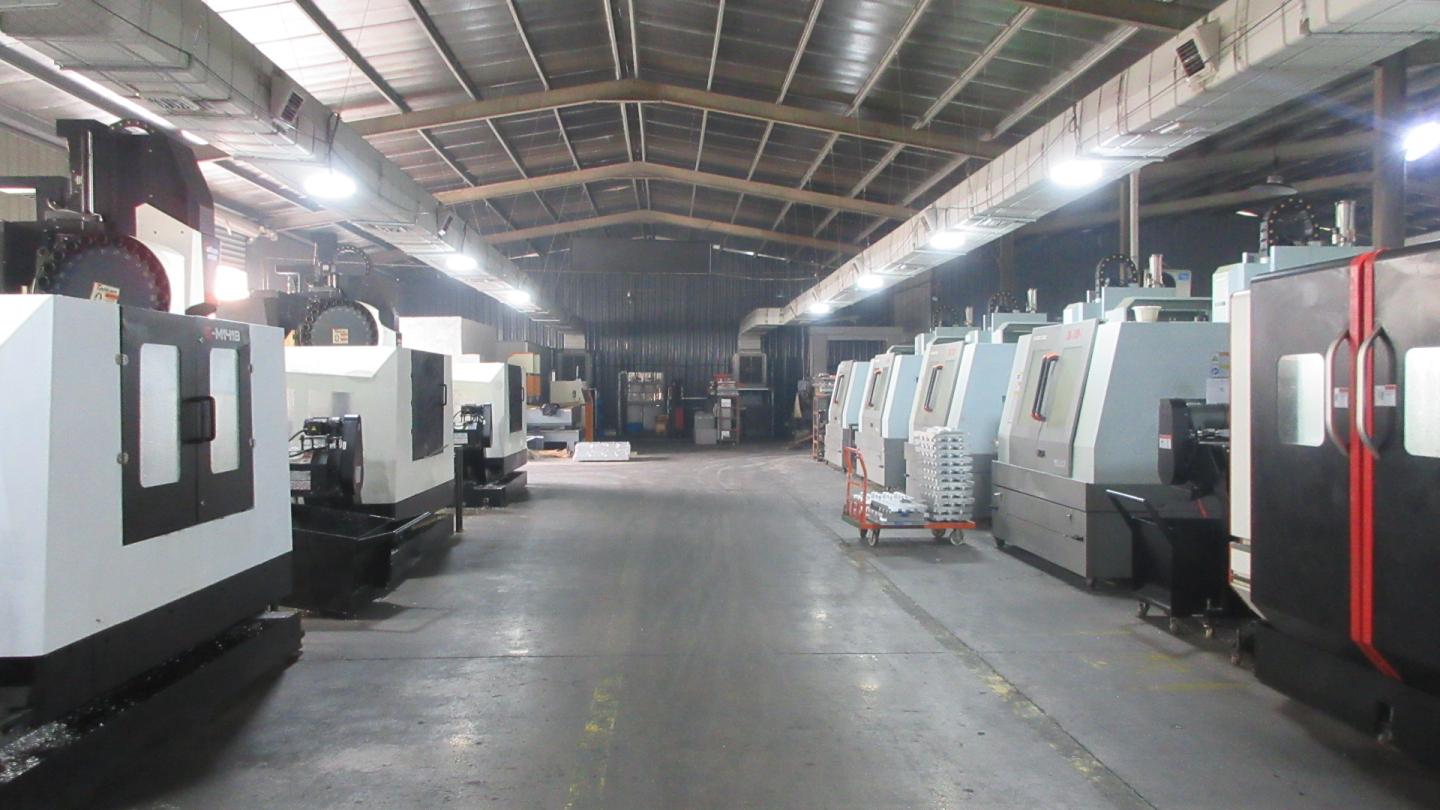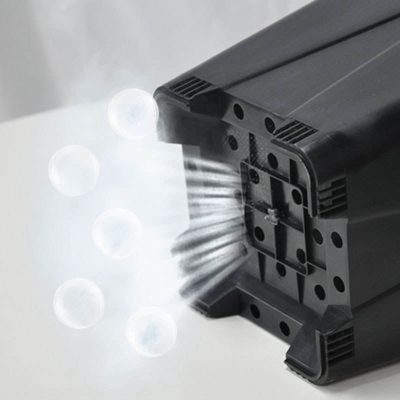
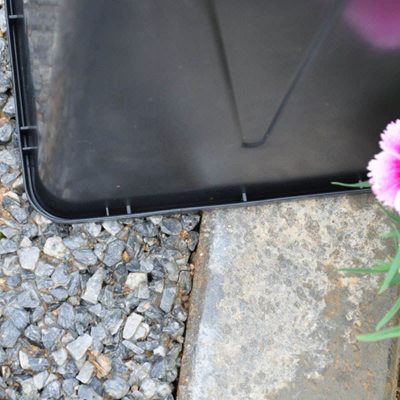
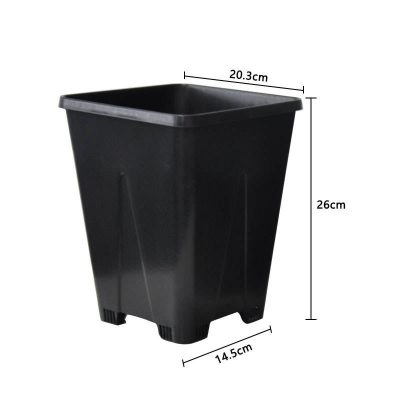
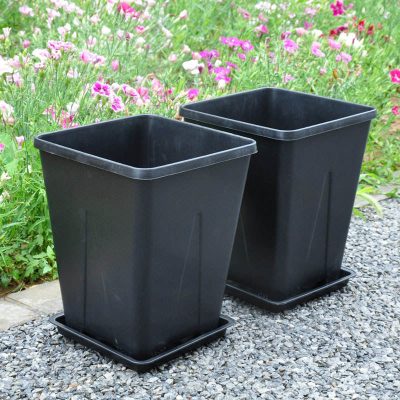
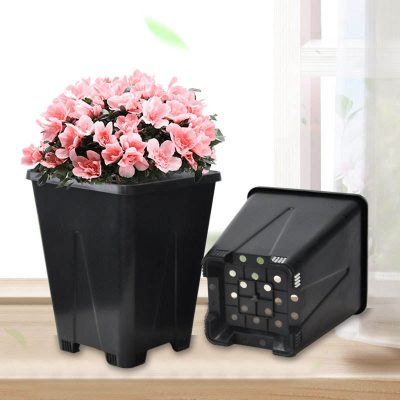
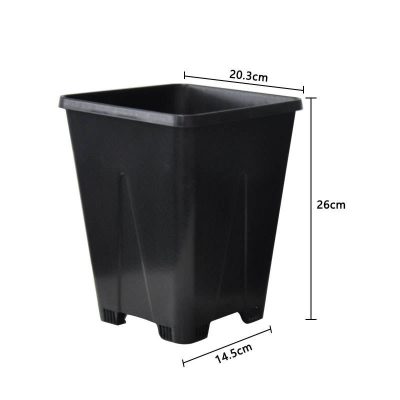
| Product name | Square Imitated Rattan Flower Pot |
| Production Process | Blow Molding |
| Material | Plastic PE |
| Raw Material | Recycled materials / Fresh materials / Customized |
| Color | Gray/Brown/Customized |
| Size | 13 inch |
| Pakaging | Pallet/Carton |
| MOQ | 1300pcs |
| Sample | Samples Offered |
| Special feature | Drainage Hole |
| Usage | Blueberry,Flowers |
| Function | Garden Usage |
Plastics are polymer compounds (macroolecules) made from monomers by addition polymerization or polycondensation reaction polymerization. Their anti deformation ability is medium, between fiber and rubber. They are composed of synthetic resin and fillers, plasticizers, stabilizers, lubricants, pigments and other additives. The main component of plastics is resin. Resin refers to polymer compound that has not been mixed with various additives. The term resin was originally named after the lipids secreted by animals and plants, such as rosin, shellac, etc. Resin accounts for 40%~100% of the total weight of plastic. The basic properties of plastics mainly depend on the nature of resin, but additives also play an important role. Some plastics are basically composed of synthetic resin without or with little additives, such as organic glass. Plastic raw material is defined as a kind of synthetic or natural macromolecular polymer, which can be kneaded into various shapes at will and finally can keep the shape unchanged.
PVC is a kind of plastic (plastic). PVC is polyvinyl chloride (PVC for short), which is the initiator of vinyl chloride monomer (VCM for short) in peroxide, azo compound, etc; Or polymers polymerized under the action of light and heat according to the mechanism of free radical polymerization. Vinyl chloride homopolymer and vinyl chloride copolymer are collectively referred to as vinyl chloride resin. It has non flammability, high strength, weather resistance and excellent geometric stability. PVC has strong resistance to oxidants, reducing agents and strong acids. However, it can be corroded by concentrated oxidizing acids, such as concentrated sulfuric acid and concentrated nitric acid, and is not suitable for contacting aromatic hydrocarbons and chlorinated hydrocarbons.


